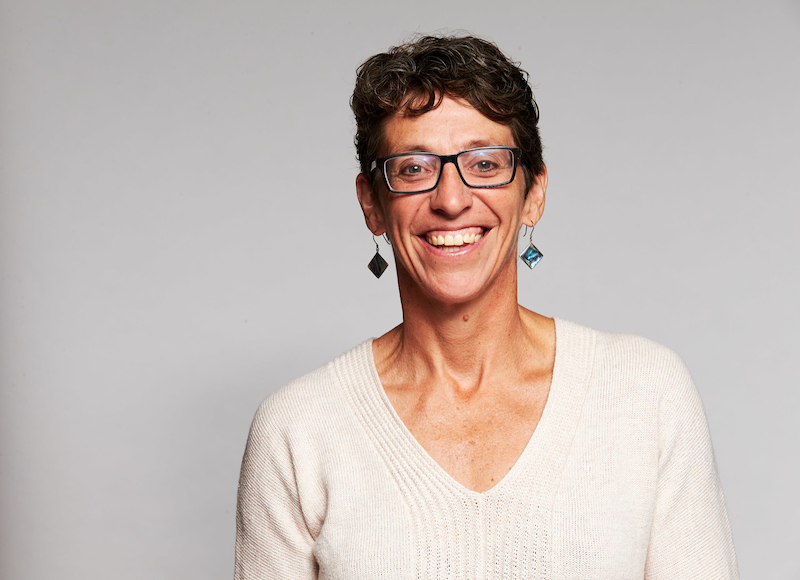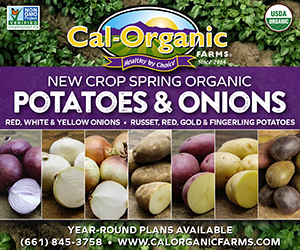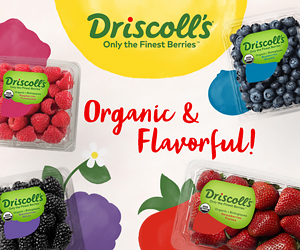The image of a craggy faced farmer walking his fields, crumbling soil through his work worn hands and looking to the sky as a good predictor of weather to come – well, that may be good for the movies, but the reality for a 21st century farmer is much different. To be a successful grower today, farmers must be equal parts tech-head, innovator and scientist. Yes, intuition and experience do count, but it’s not enough in today’s competitive and complicated growing environment, especially for organic growers looking to scale up.
Experts on plant and soil health came together at the Organic Grower Summit in Monterey, California in last month to share the latest research and science with organic growers from across the country, and based on standing-room only attendance it’s clear that this an important topic for many farmers.

Dr. Aaron Waltz, Director of Field Trials and Nutrition at Concentric
Dr. Aaron Waltz, director of field trials and nutrition with Concentric said, “Healthy soil leads to healthy plants and higher yield. We all agree on that, but what actually makes soil healthy?” That, it seems, is the million-dollar question. Finding the formula that works is the challenge for all farmers. Ehsan Toosi, director of research and development with True Organic Products says the difference between conventional and organic farming is chemistry versus biology. “In conventional farming,” he said, “you apply nutrients like a shot. In organic farming, there is a slow release through the soil.” There is no magic pesticide bullet for organic farmers, they have to rely on a solid soil management plan.
Organic farmers have long used cover crops to put nitrogen back in the soil but Tim Schultz, vice president of research and development at Lundberg Family Farms, said a little experimentation helped them find a better cover crop.

Tim Schultz, VP of Research and Development at Lundberg Family Farms
“For years, we used vetch as our winter cover crop and that put a fair amount of nitrogen back into the soil but we thought maybe there is something better,” he said. “We got hooked up with a couple of researchers who thought fava beans were a better opportunity for nitrogen production. Over the last several years we have trialed over 100 different varieties of fava beans to figure out which produce the highest nitrogen levels, and we found the one that gives us twice the yield.”
In addition to cover crops, Tim Stemwedel, founder and President of California Organic Fertilizer says there are other cultural practices that play a role in soil management including crop rotation and tilling. “Crop rotation helps with disease management, and when it comes to tilling, 80 percent of microbes are in top eight inches of the soil, so if we go out there and plow down 18 inches, we’ve just turned the ground upside down and we are starting all over again with rebuilding our bio mass,” he said.
When it comes to inputs, Stemwedel says nutrient balancing is the key principle. Compost and organic materials are a good source but it’s all about the carbon/nitrogen ratio. “We hear a lot about carbon. Healthy soils release less carbon. They release less carbon if they are managed properly, “ he said.
Growing healthy food in a sustainable way is part of the organic culture, and a good soil management plan plays a big role. Organic farms take carbon from the atmosphere and put it into the soil, and that’s good for fighting climate change.
California Department of Food and Agriculture Deputy Undersecretary Jenny Lester Moffitt made a surprise visit to the Organic Grower Summit, to emphasize how important organic is to the overall agriculture industry in California.
“Organic is a three-billion-dollar industry nationally, and California has 40 percent of that organic market. So, at CDFA, organic is defiantly something we are engaged with,” she says. With that in mind, California has launched the Soil Health Initiative. It’s a grant program funding on-the- farm efforts to reduce emissions – everything from composting to cover crops to transitioning fields from conventional to organic.

Renata Brillinger, Executive Director of the California Climate and Agriculture Network
Renata Brillinger, executive director of the California Climate and Agriculture Network, admits that while the state is motivated to reduce greenhouse gases, farmers may be motivated by other things such as reducing input costs, improved plant resilience and improved soil structure, but the end result is good for everyone, and she encourages farmers to develop a soil management plan and apply for grant money.
The experts also caution growers that not all soil is created equal and there is not a universal plan that works everywhere. Tim Stemwedel likes to tell the “underwear story” to prove the point.
“Researchers in Midwest went out and found five different types of soil, from sandy to rich loam and everything in-between. They buried some cotton undershorts and left them for a year. When they went back and dug them up they found the exact opposite of what they expected. In the sandy soil, there was almost nothing left. In the rich loam soil, you could’ve washed the shorts and worn them.”
“The simple reason,” he says, “is the microbes in sandy soil were hungry. It’s a biological issue as much as anything.” It is always about the biology. Finding the balance for your farm is the key to success.






